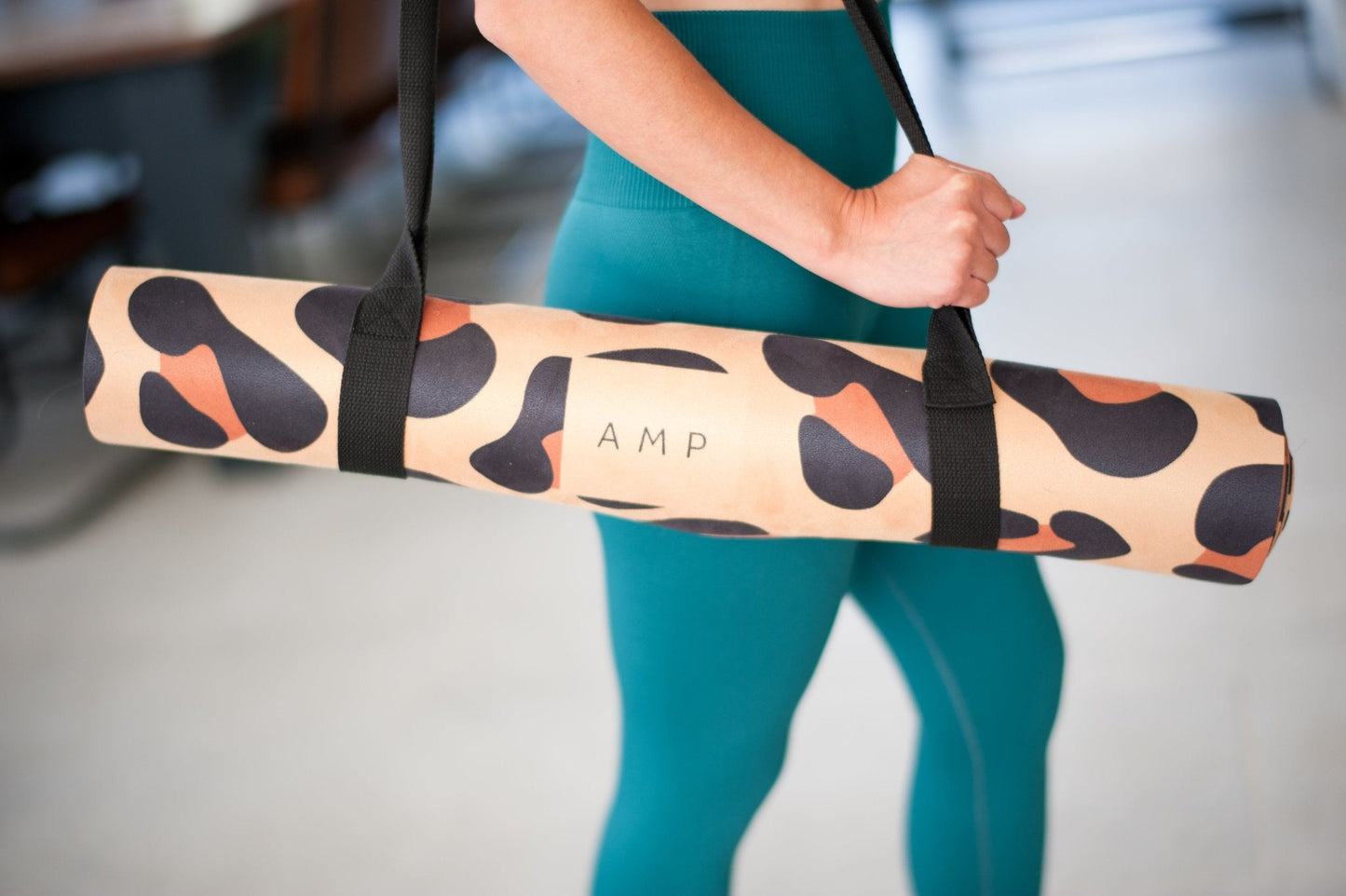As the weekend winds down, many of us feel a mix of relaxation and anticipation for the week ahead. But what if you could turn your Sunday evening into a secret weapon for your wellbeing?
Welcome to the world of Sunday night planning—a simple but transformative habit that helps you create space for health, movement, and productivity throughout the week.
The Power of Sunday Planning
Sunday planning is more than just ticking off a to-do list. It’s about creating a personalised roadmap that aligns with your fitness and wellness goals, reduces stress, and sets the tone for a calm, focused start to the week.
Here’s how it can elevate your week:
1. Gain Clarity and Direction
By setting aside time on Sunday to review and plan your week, you start Monday with clear priorities. This intentional focus cuts down on decision fatigue and is shown to help you move through your week with momentum.
2. Improve Time Management
Sunday planning helps you structure your days so you’re not just reacting—you’re in control. This includes planning your workouts, prepping meals, and blocking out time for rest, so you’re more likely to stay consistent with your wellness habits.
3. Reduce Stress and Overwhelm
There’s something powerful about going to bed Sunday night knowing you’re ready for Monday. You’ll feel more prepared, centred, and confident. Plus, carving out time for what matters most helps restore your work-life balance.
How to Create a Sunday Planning Routine That Supports Your Health
Start small, stay consistent, and build a Sunday routine that works for your lifestyle. Here are six steps to get started:
1. Reflect on the Past Week
Take five minutes to look back—what felt good? What drained you? This mini review is a simple way to identify what’s working and where you might need to adjust.
2. Set Intentional Goals
Think beyond work. What do you want to prioritise in your week? Include wellness-focused goals like morning movement, mindful meals, or winding down with less screen time.
3. Plan Your Meals in Advance
Mapping out your meals for the week saves you time, reduces midweek stress, and supports consistent, nourishing habits.
4. Schedule Your Workouts
Book your workouts like you would a meeting—with yourself. Whether you’re into Pilates, yoga, or strength training, locking it into your calendar helps turn good intentions into action. Want to make your workouts even more motivating? Discover our range of home and studio weights here, fitness equipment that you will actually want to use! Ankle weights, Pilates rings, and resistance bands—perfect for quick sessions that still deliver results.
5. Reset Your Space
Spend 15–20 minutes resetting key areas like your kitchen, workout zone, or desk. A tidy space equals a calmer mind—and a smoother week ahead.
6. Prep for Monday
Lay out your clothes, prep your gym bag, and get your breakfast ready. These little tasks might seem small, but they make your Monday morning feel like a breeze.
Refresh your space with our beautifully designed Fitness Mats—functional, stylish, and perfect for creating a calming corner to move, stretch, or journal.
Make It Your Own
Your Sunday routine doesn’t need to be picture-perfect—it just needs to work for you. Whether it’s journaling with a cup of tea or meal prepping while your favourite playlist plays in the background, build a rhythm that feels good and sustainable.
Final Thoughts
By taking a little time on Sunday to plan ahead, you’re investing in a week that supports your goals, energy, and peace of mind. Health and fitness don’t happen by accident—they happen by design.
Ready to turn Sunday into your favourite ritual? Explore the Amp Wellbeing Collection and find tools that help you move, plan, and reset—your way.

So pour yourself a relaxing drink, grab your planner, and start shaping the week you want to have.
























































